Disclosure: Joyfully Domestic may earn a commission for purchases made after clicking links on this page. View our disclosure policy for details.
Fairytales, fables, legends, and myths have been an integral part of storytelling across cultures for centuries. They captivate the imagination, convey moral lessons, and spark a sense of wonder. But what role do they play in a Catholic education?
Should Catholic parents even encourage these stories, or be cautious about their themes? This post explores how these traditional tales form the moral imagination, reflect Gospel truths, and contribute to a well-rounded Catholic education.
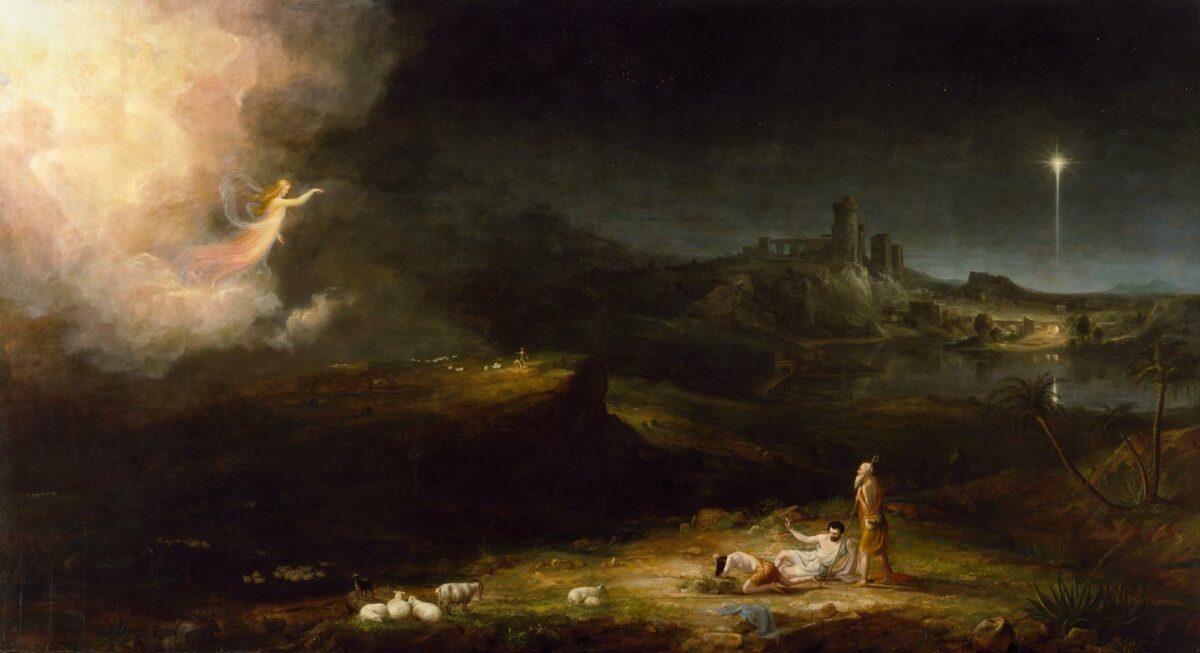
Should Catholics Read Myths, Fables, Legends, and Fairytales?
I’ll be honest with you. A few years ago, I struggled with this very same question. It wasn’t until after having a conversation with our Bishop that I saw the light.
And I’m sure that most of us Christians will wrestle with these ideas at some point or another.
In this blog post, I’m going to share wisdom from the Early Church Fathers and other resources to help you navigate this journey as a Catholic parent.
Because truly — fairytales, myths, and fables are the building blocks of a classical education and absolutely essential for an education in wonder.
And I must also add that these stories are not just for children! They have played an integral part in awakening a sense of wonder in myself. And they’ve been impactful towards a deeper spiritual life and life of contemplation.
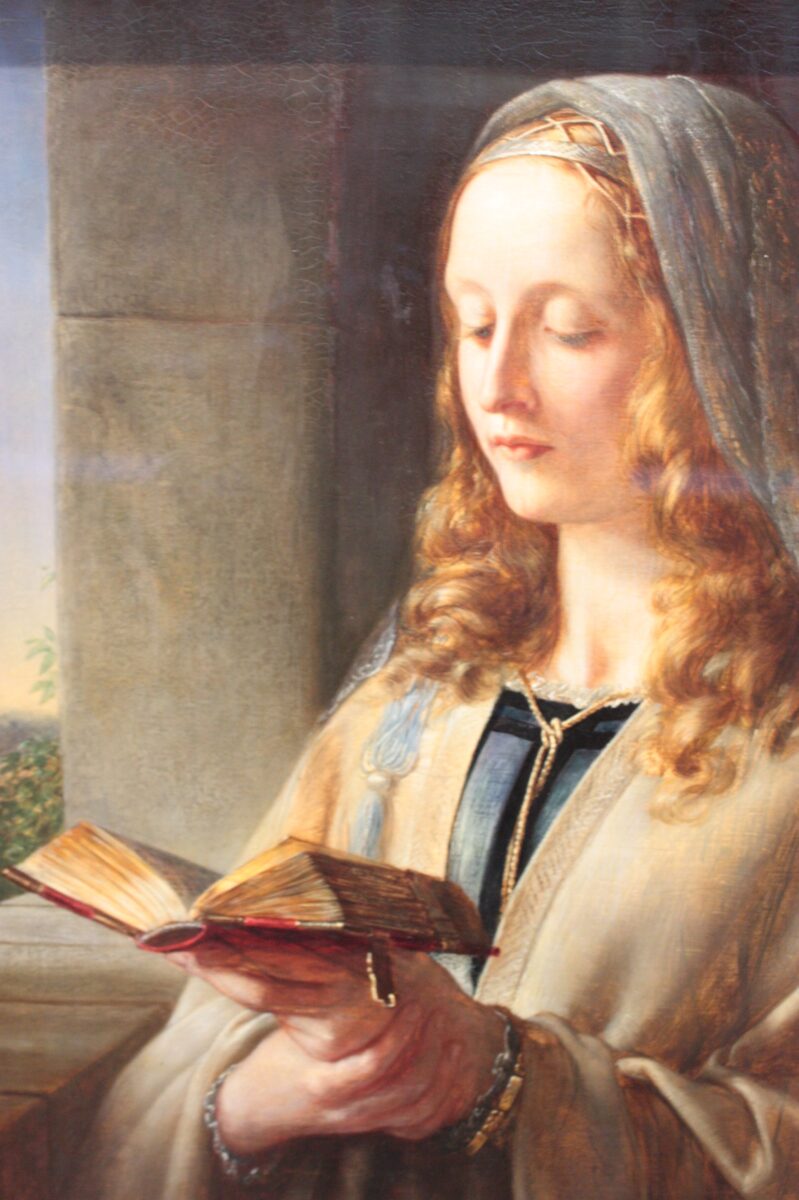
“The seminal ideas of Plato, Aristotle, St. Augustine, and St. Thomas, only grow in an imaginative ground saturated with fables, fairy tales, stories, rhymes, romances, adventures – the thousand good books of Grimm, Andersen, Stevenson, Dickens, Scott, Dumas, and the rest. Western tradition, taking all that was the best of the Greco-Roman world into itself, has given us a culture in which the faith properly grows.”
John Senior, “The Restoration of Christian Culture”
The Moral and Spiritual Power of Stories
Stories shape the hearts and minds of children far more effectively than abstract moral lessons — which we also want to avoid in a poetic education.
G.K. Chesterton wrote, “Fairytales do not tell children that dragons exist. Children already know that dragons exist. Fairytales tell children that dragons can be killed.”
In other words, these stories teach children that good triumphs over evil, courage overcomes fear, and virtue is worth pursuing.
A well chosen story can instill virtues such as honesty, perseverance, humility, and charity. Here’s a few stories to get started:
- Cinderella (Aschenputtel) teaches humility and patient endurance.
- More classical fairytales: Read unabridged/unadapted versions from Hans Christian Andersen and the Brothers Grimm.
- The Lord of the Rings by J.R.R. Tolkien: A deeply Catholic epic on sacrifice and providence.
- The Lion, the Witch, and the Wardrobe by C.S. Lewis: Rich in Christian allegory and virtue. And portrays redemption and Christ’s victory over sin and death. The whole Chronicles of Narnia series a must read – in original published order, of course. 😉
- The Princess and the Goblin by George MacDonald: Faith and unseen guidance.
- The Light Princess by George MacDonald: The power of love and self-sacrifice.
- Citadel of God: A Novel about St. Benedict by Louis de Wohl: “Having lived in an era of great immorality and vice, not unlike our world today, Benedict’s story has a strong message for modern Christians who seek, as he did, to turn away from the wickedness of the world to find Christ in prayer, study and solitude.” (taken from the book description)
- Wonder Book for Girls and Boys by Nathaniel Hawthorne: A collection Greek myths for the younger years.
- Tanglewood Tales by Nathaniel Hawthorne: Sequel to the Wonder Book with more Greek myths.
- The Odyssey by Homer: A journey of virtue, perseverance, and the longing for home — (Heaven).
- King Arthur and the Knights of the Round Table: Chivalry, honor, and the pursuit of the Holy Grail.
- Saint George and the Dragon: A heroic Christian legend full of heroism and the battle against evil.
Of course, when we are reading these stories, we don’t tell the morals, simplify, or explain these stories to children. We should just let the children absorb the stories, form a connection, and engage their imaginations.
We want to encourage contemplation and wonder.

The Early Church Fathers on Myth and Classical Literature
The Church Fathers understood the power of storytelling and the poetic mode of learning because this was the type of education they received themselves. While they firmly rejected paganism, they also recognized that myths and classical literature could be stepping stones to higher truths.
This site has many works of the Early Church Fathers available to read online. And it is so nice and helpful for getting acquainted with their writings.
St. Basil the Great: Reading the Pagan Classics with Discernment
In his Address to Young Men on the Right Use of Greek Literature (fantastic read, highly recommend!), St. Basil advised young Christians to read classical texts with discernment. And to extract what is good while avoiding what is contrary to faith.
He compared pagan myths to wildflowers — beautiful but requiring careful selection. His famous analogy was that just as bees take nectar from flowers while leaving behind what is harmful, Christians should absorb virtue from classical texts while rejecting falsehood.
Key takeaway:
We can approach myths not as literal truth, but as stories that often contain echoes of divine reality, foreshadowing Christian revelation.
St. Augustine: Myths as Shadows of Truth
Before his conversion, St. Augustine was deeply influenced by classical philosophy and mythology.
In The City of God, he contrasted the false gods of pagan stories with the one true God. However, he also saw elements of truth in pre-Christian thought. He believed that the longing for the divine found in myths reflected humanity’s innate search for God, even if it was incomplete.
Key takeaway:
Myths reflect humanity’s spiritual hunger and can be used as a bridge to understanding divine revelation.
St. Justin Martyr: Pagan Myths as Echoes of the Logo
St. Justin taught that Christ is the Logos (Word of God), and since all people seek truth, fragments of that truth could be found in pagan myths and philosophy.
He believed that stories about dying and rising gods in Greek mythology were echoes of the ultimate truth of Christ’s resurrection, though corrupted by pagan misunderstanding.
While he acknowledged that myths contained glimpses of truth, St. Justin also warned that demons had twisted these stories to lead people away from God. He argued that the Gospel is the “true myth”—the fulfillment and purification of all previous stories.
Key takeaway:
St. Justin Martyr’s approach allows Catholics to use myths as stepping stones to Christ while teaching children to discern truth from error. His writings affirm that mythology can cultivate wonder, moral imagination, and an awareness of spiritual realities, all of which prepare the mind for the Gospel.
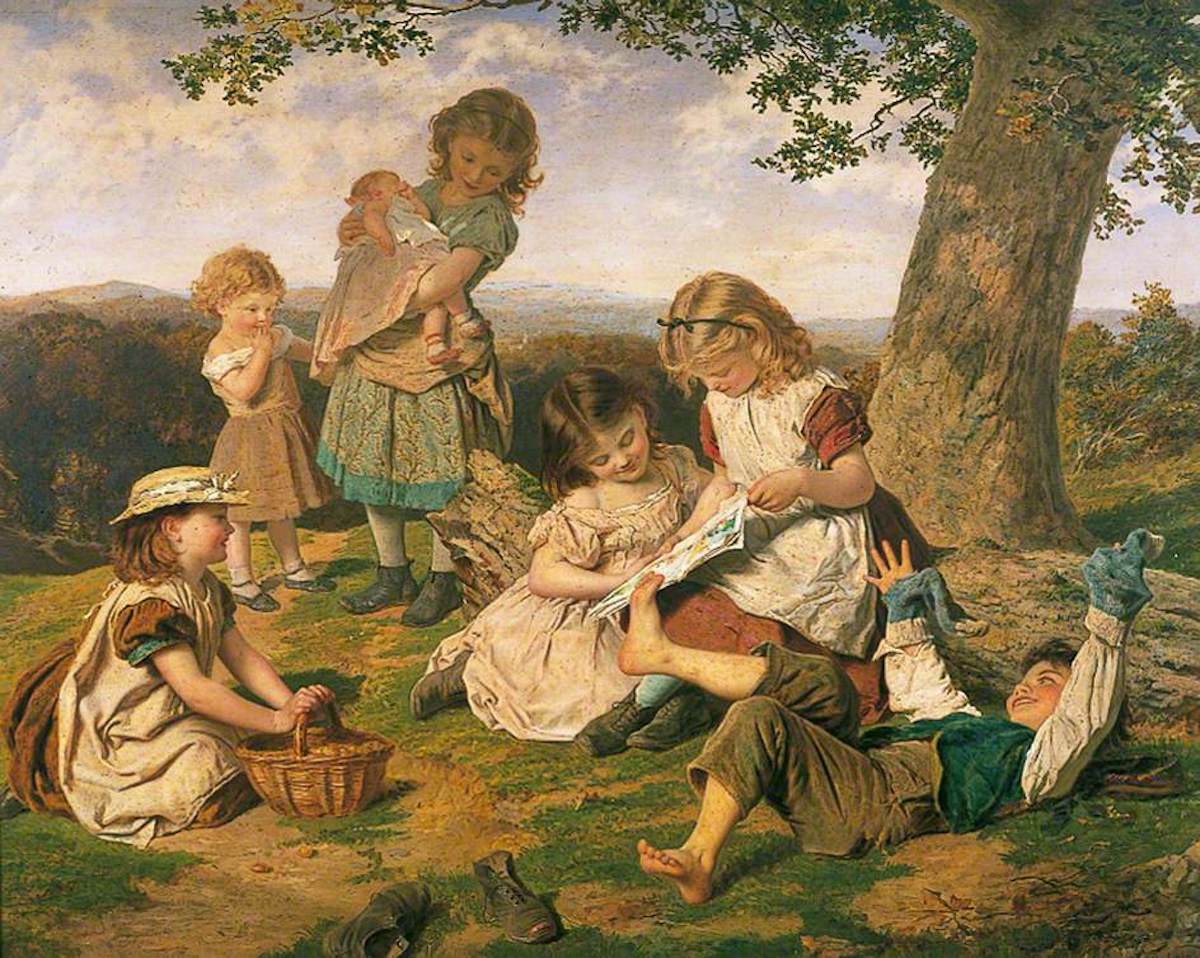
The Saints and Storytelling: A Catholic Tradition
The Church’s tradition of sacred storytelling also includes the lives of the saints, Biblical narratives, and classic literature that forms the moral imagination.
Jesus Himself used parables (short moral stories) to teach profound spiritual truths. Likewise, many saints recognized the power of storytelling:
- St. John Bosco used moral tales to teach young boys about virtue and faith.
He would share stories and moral lessons with his boys at bedtime, known as “good night talks”. - St. Francis of Assisi often incorporated fables and animal stories into his preaching.
- J.R.R. Tolkien, who was a devout Catholic, infused The Lord of the Rings with deep Christian symbolism.
And as a side note, I must share this much loved quote from J.R.R. Tolkien on the Blessed Sacrament…
“Out of the darkness of my life, so much frustrated, I put before you the one great thing to love on earth: the Blessed Sacrament… There you will find romance, glory, honour, fidelity, and the true way of all your loves on earth, and more than that: Death: by the divine paradox, that which ends life, and demands the surrender of all, and yet by the taste — or foretaste — of which alone can what you seek in your earthly relationships (love, faithfulness, joy) be maintained, or take on that complexion of reality, of eternal endurance, which every man’s heart desires.
J.R.R. Tolkien
“The only cure for sagging or fainting faith is Communion. Though always itself, perfect and complete and inviolate, the Blessed Sacrament does not operate completely and once for all in any of us. Like the act of Faith it must be continuous and grow by exercise. Seven times a week is more nourishing than seven times at intervals.”
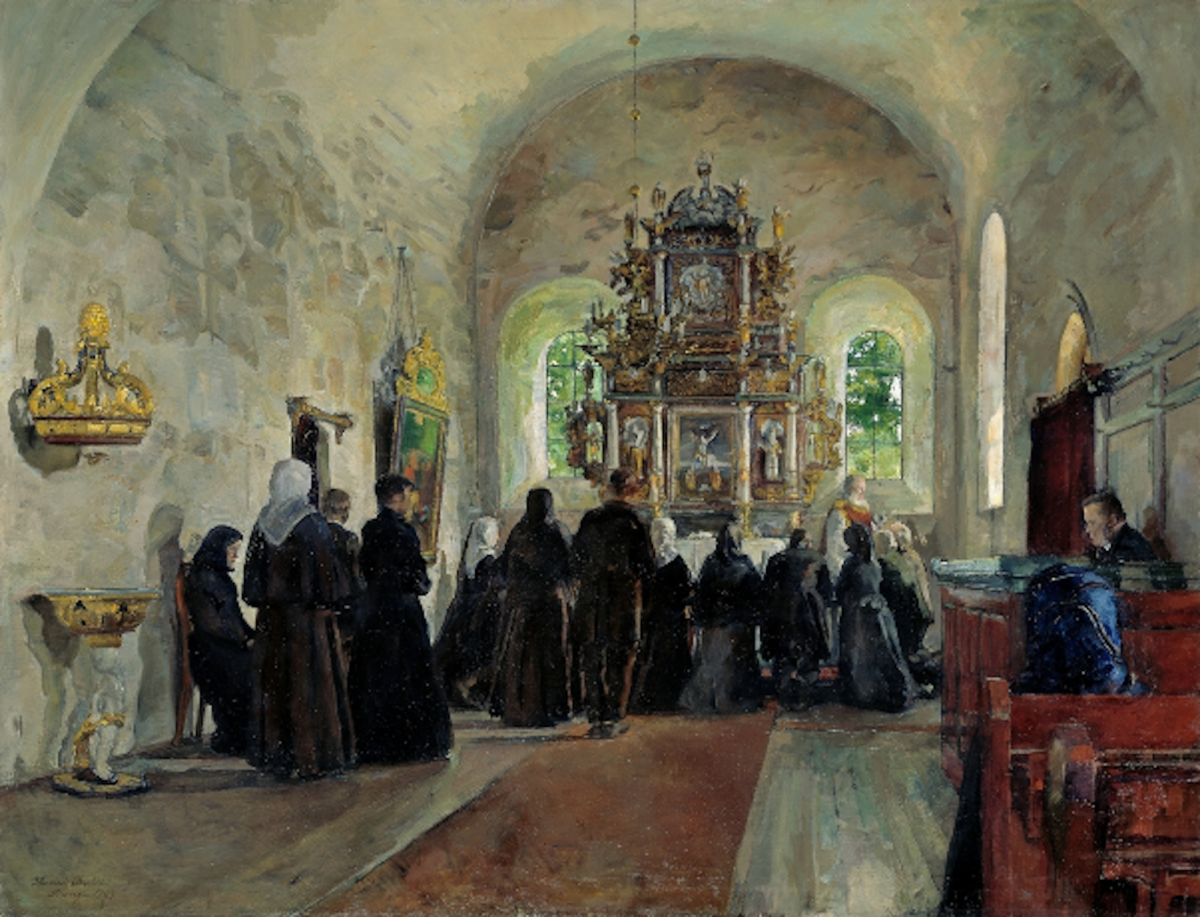
Choosing Good Fairytales, Fables, and Myths
Not all fairytales are created equal, and not all myths align with Catholic values. Parents should discern which stories to share and which should wait for older years.
I would suggest finding well-written, unabridged versions of classic tales. John Senior recommends many great options in his 1000 Good Books list. And he also suggests to read books written pre-modernism (around 1920s).
I’m also going to say that there are exceptions to this ideal. Ahem, Narnia and Tolkien, for example.
But we also must differentiate between the old tales and fantasy stories such as Harry Potter and the Twilight series. Both of which I highly object to — another post for another day.
“Fantasies create a strange and dreamy atmosphere, a make-believe universe in which the marvelous makes up the fabric and context of the story. Through this quest for the curious and the new, such stories tend to teach children that the real world is not very interesting, and thus instigate a sort of childhood Modernism. In fact, it was in the 1920s when, according to Senior, Modernism began to flourish in the United States that an outbreak of children’s fantasy literature occurred. Today we see a flurry of movies, toys, dolls and games with strange, twisted and grotesque forms — all of which develop diseased imaginations.”
Fr. Francis Bethel, “John Senior and the restoration of realism”
Fr. Bethel continues, “Old fairy tales and fables, by contrast, are always well rooted in the world of our experience. Actual preternatural marvels or moments of enchantment are exceptional, outside interventions into what is otherwise rather ordinary life”.
John Senior continues, “a flying horse is play, a flying elephant fantasy. When horses run with manes and tails loose in the wind, they really seem to fly; an elephant with wings is absurdity.”
“Pegasus is beautiful and meaningful, while Dumbo is grotesque and unreal.” — Fr. Francis Bethel
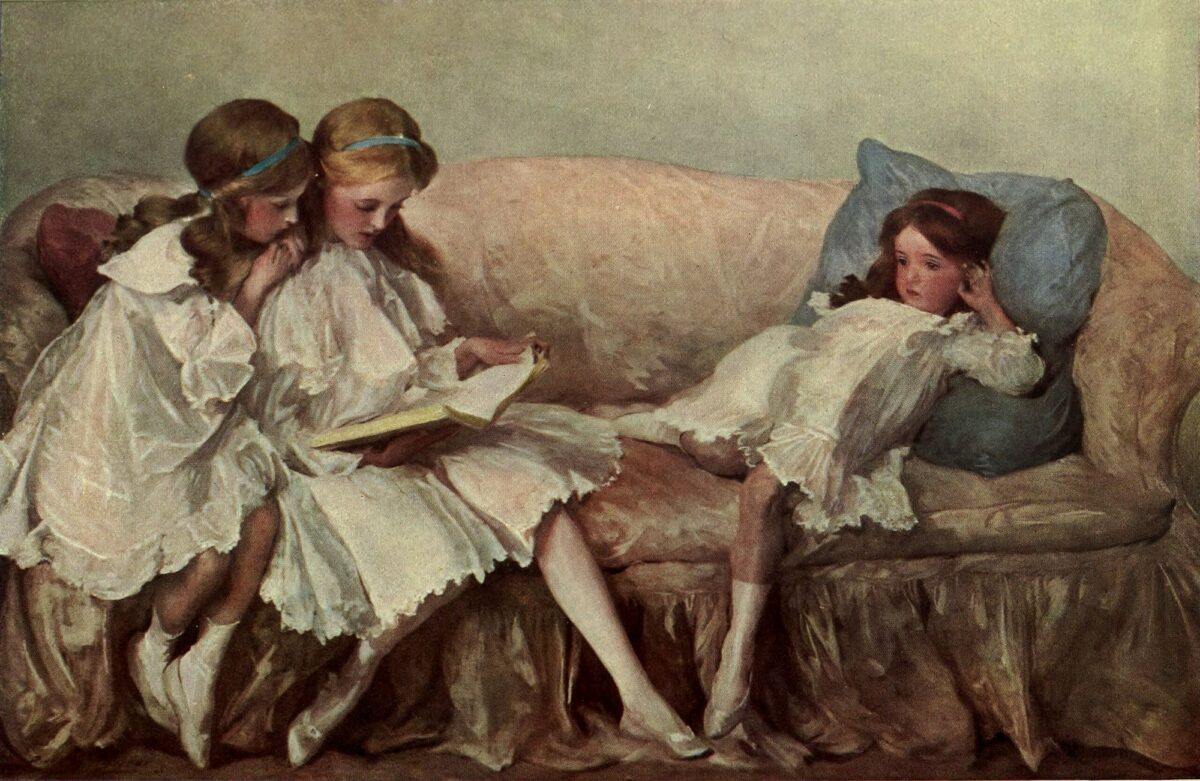
Addressing Concerns: Are Fairytales Too Dark?
Some parents worry that classic fairytales are too frightening for children. While certain modern adaptations sanitize them, the original versions present good and evil in stark contrast.
This clarity is actually beneficial, as it helps children understand that virtue requires struggle and that evil is real but it is also defeat-able.
Also, definitely avoid abridged, adapted, and modern retellings of these classic stories. Likewise, it is important that we should be mindful of inappropriate themes in modern adaptations.
Real is at the heart of a poetic education. And often these modern retellings introduce modernism and moral relativism or remove the redemptive themes from the story.
Of course, some stories are more appropriate for older children. And this is where we will have to exercise our best judgement when introducing stories to our children.
“The setting is the Other World, a preternatural place, no less real than this one, inhabited by creatures intermediate between the natural and supernatural, such as fairies, elves, sprites, flying horses and unicorns.” — John Senior, “The Restoration of Innocence”
“When you read such tales to him, the child’s eyes grow glazed as he listens and seems to see some world — that world, more real than this, not fantasy, not whimsy, not the stuff of Walt Disney movies, Grimm’s Fairy Tales are very real and very grim sometimes … You tell it again until your eyes begin to glaze and you too begin to see again that there is more to this world than meets the eye.”
John senior
Recommended Stories for Catholic Families
- Classic Fairytales: Find unabridged classics from Hans Christian Andersen and the Brothers Grimm.
- Aesop’s Fables: Simple but powerful lessons in virtue and morals.
- Greek and Roman Myths: Not only are these stories essential for understanding many of Great books, early church fathers, founding fathers, and even how ancient cultures sought truth and foreshadowed Gospel themes. (The Odyssey as a journey homeward, much like our journey to Heaven).
- Modern Classics: The Chronicles of Narnia (C.S. Lewis), The Lord of the Rings (J.R.R. Tolkien), The Princess and the Goblin (George MacDonald).
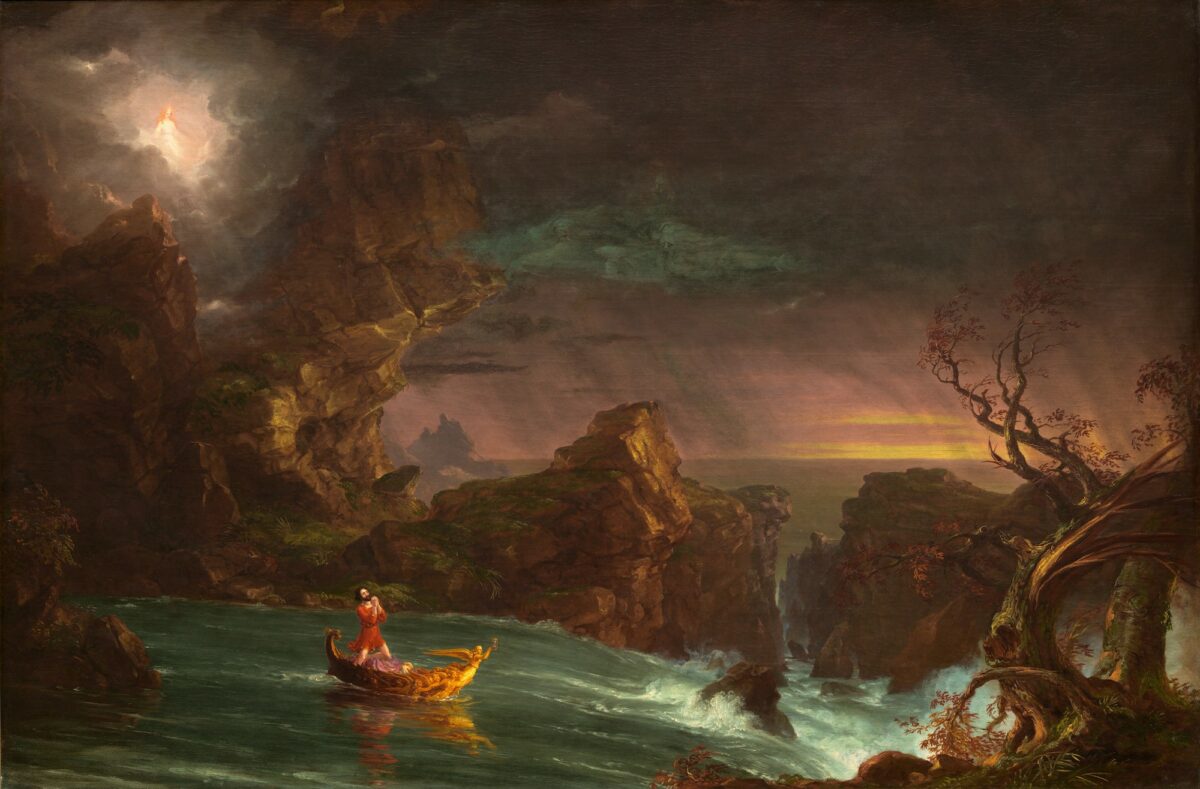
Practical Ways to Incorporate Stories into a Catholic Education
- Read Aloud as a Family: Choose well-written, unabridged versions of classic tales.
- Use Narration and Discussion: Encourage children to retell the story in their own words and discuss the virtues presented.
- Tie Stories to Scripture and Saints’ Lives: Discuss fairytales and myths compared with Biblical stories. But also beware of telling morals — allow the child to make their own connections and use of their imaginations. However, comparing and contrasting is a great option for lessons.
- Incorporate Stories into Homeschooling Subjects:
- Copywork: Select meaningful passages for handwriting practice.
- History: Study myths alongside ancient civilizations.
- Poetry & Music: Include folk songs and ballads that tell timeless stories.
More Resources for the Mother – Teacher
- “The Ethics of Elfland” by G.K. Chesterton
- “On Fairy Stories” by J.R.R. Tolkien
- “The Death of Christian Culture” by John Senior
- “The Restoration of Christian Culture” by John Senior
- “John Senior and the Restoration of Realism” by Fr. Francis Bethel
- “Tending the Heart of Virtue: How Classic Stories Awaken a Child’s Moral Imagination” by Vigen Guroian
- “The Fantastic Imagination” by George MacDonald
- “On Three Ways of Writing for Children” by C.S. Lewis
- “Myth Became Fact” by C.S. Lewis
- “Fairy Tales” by S. Douglas Wilson (Parent’s Review Article)
- “Mysteries of Life in Children’s Literature” by Mitchell Kalpakgian
- “Meditation in a Toolshed” by C.S. Lewis
In today’s fast-paced modern world, children are often deprived of the slow and rich story-telling that once formed the generations of young minds.
Restoring fairytales, fables, legends, and myths in a Catholic education not only nurtures the imagination but also reinforces virtue, truth, beauty, and goodness.
As Catholic parents and home-educators, we have the opportunity to cultivate wonder in our children’s (as well as our own!) hearts, guiding them along this path to recognize the deeper realities that point toward God’s eternal story.
What stands out to you from these ideas?
I hope that you found this post helpful. And I’d love to hear what resonates most! Tell me what you’d add to this list and/or share your favorite stories with us!

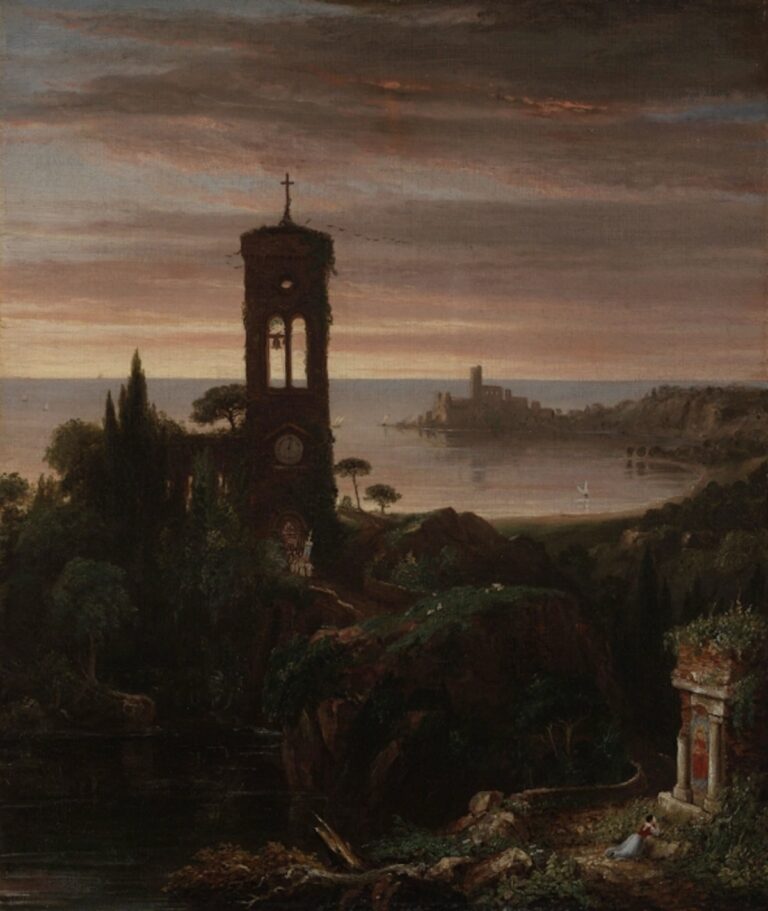

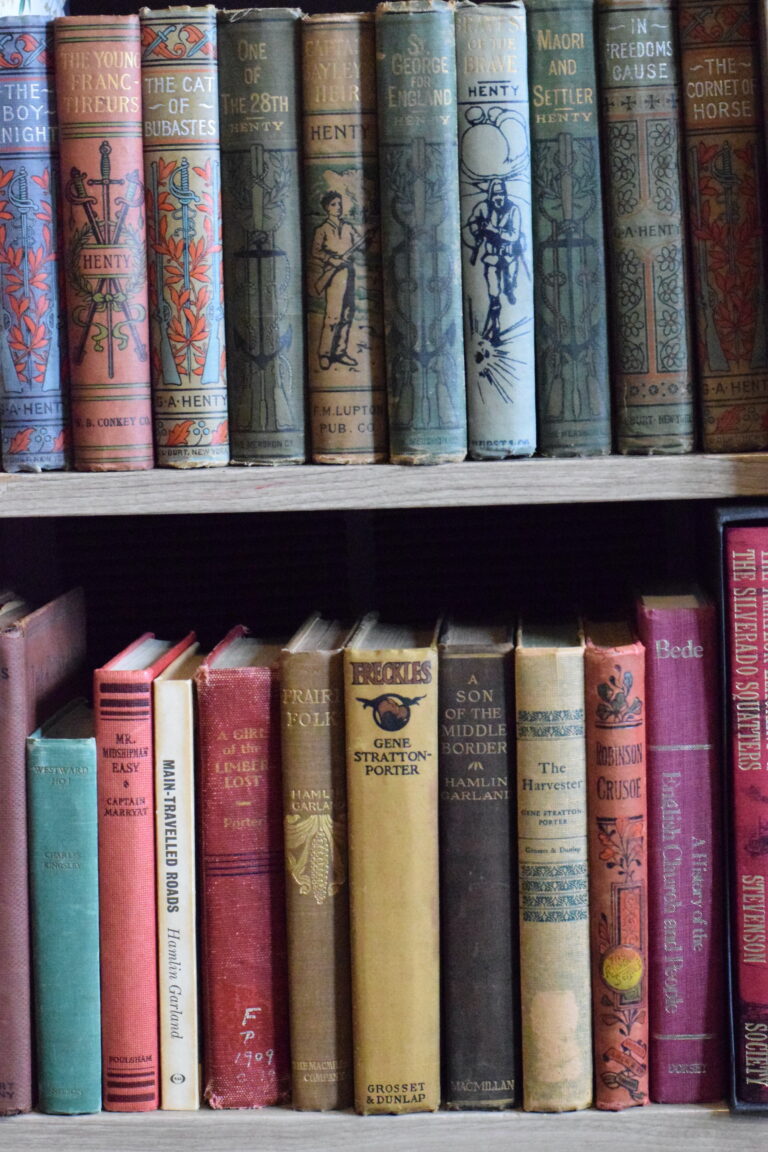

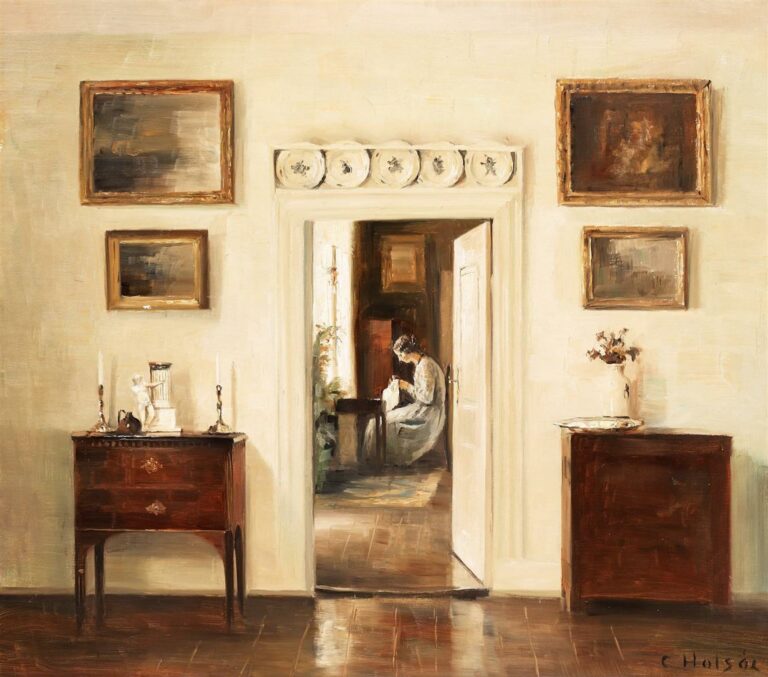
Thank you for this. It was very helpful.
Thank you, Christi! I’m so glad to hear 🙂
Mary, a very thoughtful blog and ALL my sentiments are echoed here! I’m about 80% TCT and am presently enjoying reading Senior’s, The Restoration of Christian Culture and Mitchell K’s book which you note above – enlightens even moreso why we need not be afraid of good Myths, Fairytales, Fables and Legends.
What I have found most wonderful is how my son has been able to see the Christological elements in these stories and there is no confusion in his heart or mind. Instead, I see how he can see the absurd yet believe (insert wink). The way I approached it though was to ensure he had a pretty solid foundation in his faith and picked up Norse and Greek Myths only after his First holy Communion (insert another wink).
PS: I LOVE the paintings you chose for this blog piece.
Hi Maria,
Thank you so much! I love your comment and love the connections the children make on their own! Isn’t it just such a joy of for us mother-teachers in this way of education? It’s been a true joy for me to listen in the background while the children are playing and their little conversations they have amongst themselves. Or in questions they’ll ask me or when something just clicks for them.
Oh yes, the norse mythology and certain other stories have not been introduced to our children until they are usually in form 2 (years 5-6). We do some other stories earlier without any issues or confusion.
And you’ve probably picked up that Thomas Cole is a favorite around here. I discovered him through The CMEC a few years back as one of their term artists. I have found so much aww and wonder through his works! 🙂